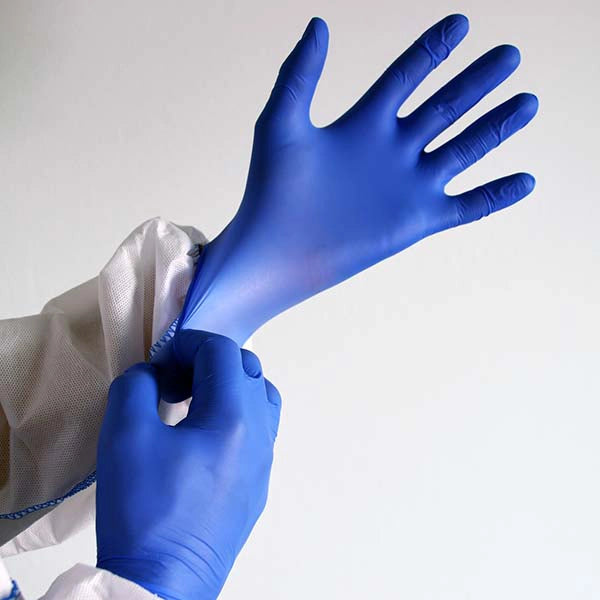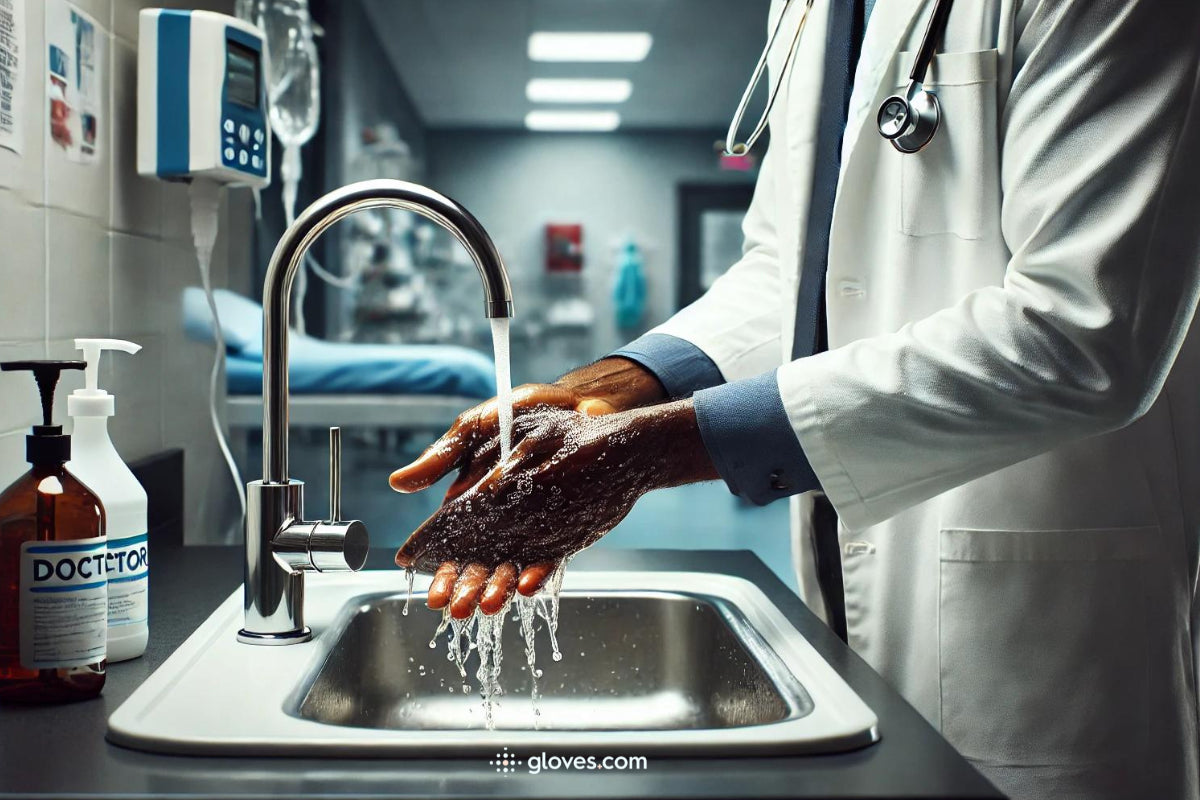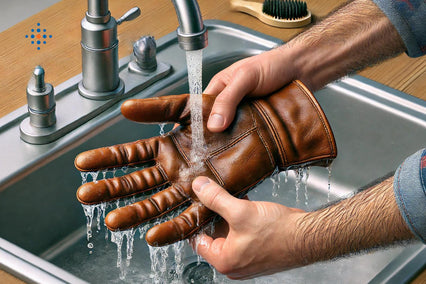Maintaining proper hand hygiene is a fundamental practice for preventing the spread of infections. This practice involves keeping hands clean and free from harmful pathogens such as bacteria, viruses, and other microorganisms. Hand hygiene is particularly crucial in environments where the transmission of diseases is a significant concern, including healthcare facilities, food preparation areas, and our daily routines.
In addition to hand hygiene, the use of gloves serves as an essential barrier to protect against contaminants. This article delves into the importance of hand hygiene, how to effectively wash your hands, the role of gloves, and how these practices work together to ensure optimal hygiene.
What is Hand Hygiene?
Hand hygiene refers to the practice of keeping hands clean and free from pathogens (bacteria, viruses, and other microorganisms) to prevent the spread of infections. It is a critical aspect of public health and personal safety, particularly in settings where disease transmission is a concern, such as healthcare facilities, food preparation areas, and everyday life.
Proper hand hygiene involves washing hands with soap and water or using an alcohol-based hand sanitizer. This practice significantly reduces the presence of harmful microorganisms and helps prevent illnesses like the flu, common cold, and gastrointestinal infections.
How to Wash Your Hands?
Effective handwashing involves several key steps:
- Wet Your Hands: Use clean, running water (warm or cold) to wet your hands.
- Apply Soap: Apply enough soap to cover all hand surfaces.
- Lather and Scrub: Rub your hands together to create a lather. Scrub all parts of your hands, including the back of your hands, between your fingers, and under your nails. Continue scrubbing for at least 20 seconds.
- Rinse Thoroughly: Rinse your hands well under clean, running water.
- Dry Your Hands: Use a clean towel or air dry your hands.
Remember, handwashing should take about 20 seconds, roughly the time it takes to hum the “Happy Birthday” song twice.
Glove Use and Hand Hygiene
Glove use and hand hygiene are both integral components of effective infection control practices. While they each serve distinct purposes, their combined use is essential for ensuring the highest standards of hygiene and safety in various settings, such as healthcare, food service, and general public activities.
Importance of Hand Hygiene
Hand hygiene is the foundation of preventing the spread of infectious diseases. Proper handwashing with soap and water or the use of an alcohol-based hand sanitizer can significantly reduce the presence of pathogens on the skin.
This practice is crucial after activities such as using the restroom, handling raw food, or coming into contact with potentially contaminated surfaces. By removing dirt, organic material, and microorganisms, hand hygiene helps prevent the transmission of infections.
Role of Gloves in Hygiene
Gloves act as a protective barrier, preventing direct contact between the skin and contaminants. They are especially useful in situations where hands are likely to be exposed to infectious materials or hazardous substances. In healthcare, gloves protect both healthcare workers and patients from cross-contamination.
In food preparation, gloves help maintain food safety by preventing direct hand contact with food items.
Combined Approach: Glove Use and Hand Hygiene
While gloves provide an additional layer of protection, they do not replace the need for hand hygiene. Hands can become contaminated when putting on or removing gloves, making it essential to wash hands before and after glove use. This combined approach ensures comprehensive protection against infections:
- Before Glove Use: Wash hands thoroughly to remove any existing contaminants.
- After Glove Removal: Perform hand hygiene to eliminate any pathogens that may have been transferred during glove removal.
Are Gloves More Hygienic Than Hands?
Gloves offer a protective barrier, but they are not inherently more hygienic than clean, properly washed hands. The effectiveness of gloves depends on proper usage:
- Advantages of Gloves: Protect against direct contact with contaminants and reduce the risk of cross-contamination.
- Limitations of Gloves: Can become contaminated if not changed regularly or used improperly. Wearing gloves does not eliminate the need for hand hygiene.
Properly washed hands can be just as hygienic, if not more so, than gloves, especially if gloves are misused.
Is Hand Hygiene Required After Removing Gloves?
Absolutely. Hand hygiene is crucial even after removing gloves. During glove removal, hands can become contaminated with pathogens that may be present on the glove surface. To ensure safety, wash your hands or use an alcohol-based hand sanitizer immediately after removing gloves.
Buy Gloves on Gloves.com and Save Up to 50%
At gloves.com, we offer a wide variety of high-quality gloves designed to meet your hygiene needs. Whether you need gloves for healthcare, food preparation, or general use, our products adhere to strict hygiene and safety standards.
Browse our selection and find the perfect gloves to protect yourself and others.
Hygiene Gloves: Frequently Asked Questions
How often should I change gloves?Gloves should be changed between tasks and when they become soiled or damaged. In healthcare settings, change gloves between patients to prevent cross-contamination.
Can I reuse disposable gloves?
No, disposable gloves are designed for single use. Reusing them can lead to contamination and decreased effectiveness.
Do I still need to wash my hands if I use hand sanitizer?
Yes, hand sanitizers are effective but do not remove all types of germs or harmful chemicals. Washing hands with soap and water is the best method when hands are visibly dirty.
What type of gloves are best for food preparation?
Nitrile gloves are a good choice for food preparation as they are durable, puncture-resistant, and provide a good fit.
How can I ensure gloves fit properly?
Gloves should fit snugly but not too tightly. Ensure there is no excess material at the fingertips and that the gloves cover the wrists.






